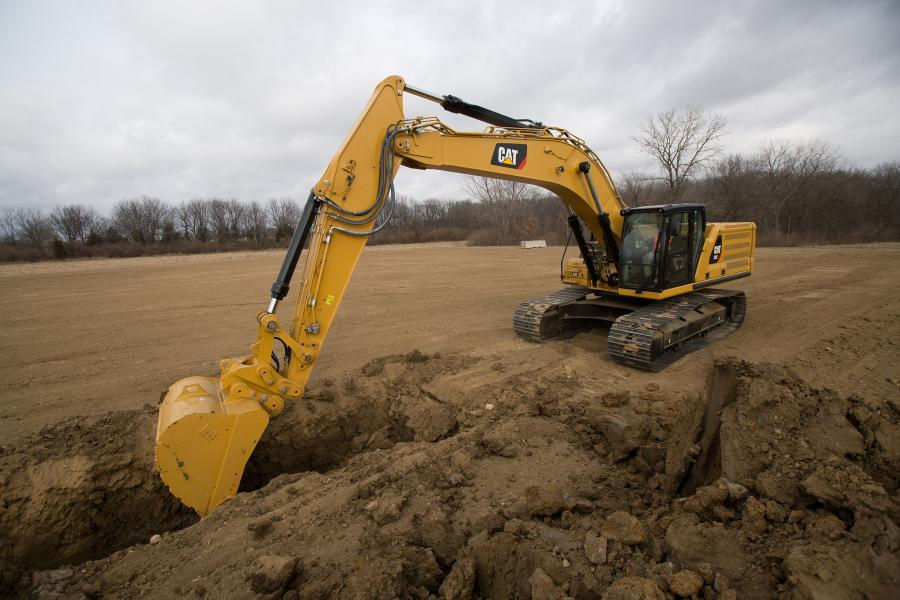The Benefits of Concrete Sidewalks for Residential Properties
- Midtex Services
- Jun 3, 2024
- 3 min read

Concrete sidewalks are not just functional pathways; they are essential elements that contribute to the overall appeal and functionality of residential properties. Whether leading to your front entrance, connecting outdoor spaces, or adding curb appeal, concrete sidewalks offer numerous benefits. In this article, we'll explore how concrete sidewalks enhance residential properties and why they are an excellent choice for homeowners.
1. Curb Appeal and Aesthetics:
Concrete sidewalks significantly enhance the curb appeal of residential properties. They create a welcoming and polished appearance, contributing to the overall aesthetic appeal of your home. Concrete offers versatility in design, allowing you to choose from various finishes, colors, textures, and patterns that complement your home's architecture and landscaping. Whether you prefer a classic look or a modern design, concrete sidewalks can be customized to suit your style preferences and enhance the visual appeal of your property.
2. Durability and Longevity:
One of the key benefits of concrete sidewalks is their durability and longevity. Concrete is a robust and resilient material that can withstand heavy foot traffic, weather exposure, and other environmental factors. Properly installed and maintained concrete sidewalks can last for decades without significant wear or damage. Unlike other materials that may deteriorate over time, concrete sidewalks retain their strength and appearance, making them a long-term investment for homeowners.
3. Safety and Accessibility:
Concrete sidewalks contribute to safety and accessibility on residential properties. They provide designated pathways for pedestrians, ensuring safe navigation and reducing the risk of accidents or injuries. Smooth and even surfaces with proper slope gradients also enhance accessibility for individuals with mobility challenges, including those using wheelchairs, strollers, or walking aids. Installing handrails or ramps where needed further improves safety and convenience for all residents and visitors.
4. Low Maintenance Requirements:
Maintaining concrete sidewalks is relatively easy and cost-effective. Regular sweeping to remove debris, occasional pressure washing to remove stains, and prompt repairs of any cracks or damage are typically all that's needed to keep concrete sidewalks in top condition. Unlike materials that require frequent sealing or repainting, concrete sidewalks require minimal ongoing maintenance, saving homeowners time and effort in upkeep.
5. Eco-Friendly and Sustainable:
Concrete is an environmentally friendly choice for sidewalks. It is made from natural materials, such as cement, aggregates, and water, and can be recycled and reused. Concrete sidewalks also contribute to sustainable urban development by promoting walkability, reducing the need for vehicle transportation, and minimizing heat absorption in urban areas (known as the heat island effect). Additionally, permeable concrete options allow for water drainage, reducing runoff and contributing to groundwater recharge.
6. Increase Property Value:
Well-designed and maintained concrete sidewalks can increase the value of residential properties. Curb appeal plays a significant role in property valuation, and attractive, functional sidewalks add to the overall desirability and marketability of a home. Potential buyers appreciate the convenience, safety, and aesthetic appeal of concrete sidewalks, making them a valuable asset when selling a property.
Conclusion:
Concrete sidewalks are essential features that enhance residential properties in various ways. From improving curb appeal and safety to offering durability, low maintenance, and sustainability, concrete sidewalks provide numerous benefits for homeowners. Whether you're enhancing your existing sidewalks or installing new ones, choosing concrete is a smart investment that adds value, functionality, and visual appeal to your home. Consider consulting with a professional contractor to design and install concrete sidewalks that complement your property and meet your specific needs and preferences.





Comments